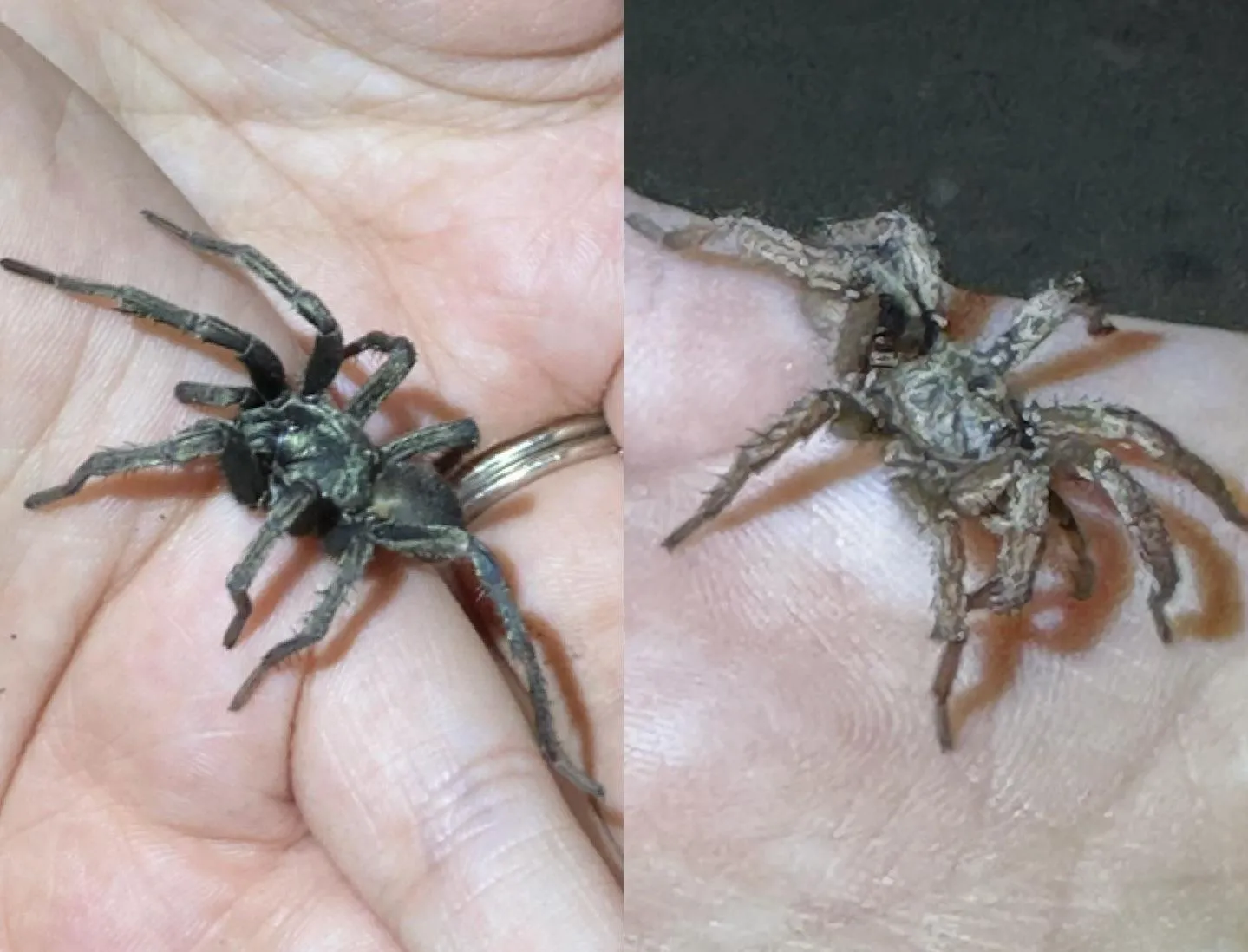What is a Baby Tarantula?
A baby tarantula, often referred to as a spiderling, is a juvenile tarantula. These fascinating creatures, belonging to the Theraphosidae family, are a popular choice for exotic pet enthusiasts. Unlike adult tarantulas, which are often larger and more established, baby tarantulas require specific care and attention to ensure their healthy growth and development. Understanding the needs of these young spiders is crucial for any potential owner. They are delicate in their early stages, making their care a rewarding experience. Baby tarantulas are miniature versions of their adult counterparts, showcasing the same behaviors and characteristics but on a smaller scale. This makes them an exciting pet for those interested in observing the life cycle and behaviors of these intriguing arachnids.
Choosing Your Baby Tarantula
Selecting a baby tarantula is the first and most important step in your tarantula-keeping journey. Research is key; different species have varying temperaments, growth rates, and care requirements. Some species are better suited for beginners due to their docile nature and easier care needs. Consider the adult size of the tarantula as this will influence the size of enclosure you’ll need in the future. Look into the tarantula’s origin and natural habitat to better understand its specific needs. Finding a reputable breeder or pet store is vital to ensure the tarantula is healthy and well-cared for from the start. This reduces the risk of purchasing a spider with pre-existing health problems. Furthermore, reputable sources can provide valuable information and guidance on proper care, setting you up for success from day one.
Selecting a Healthy Baby Tarantula
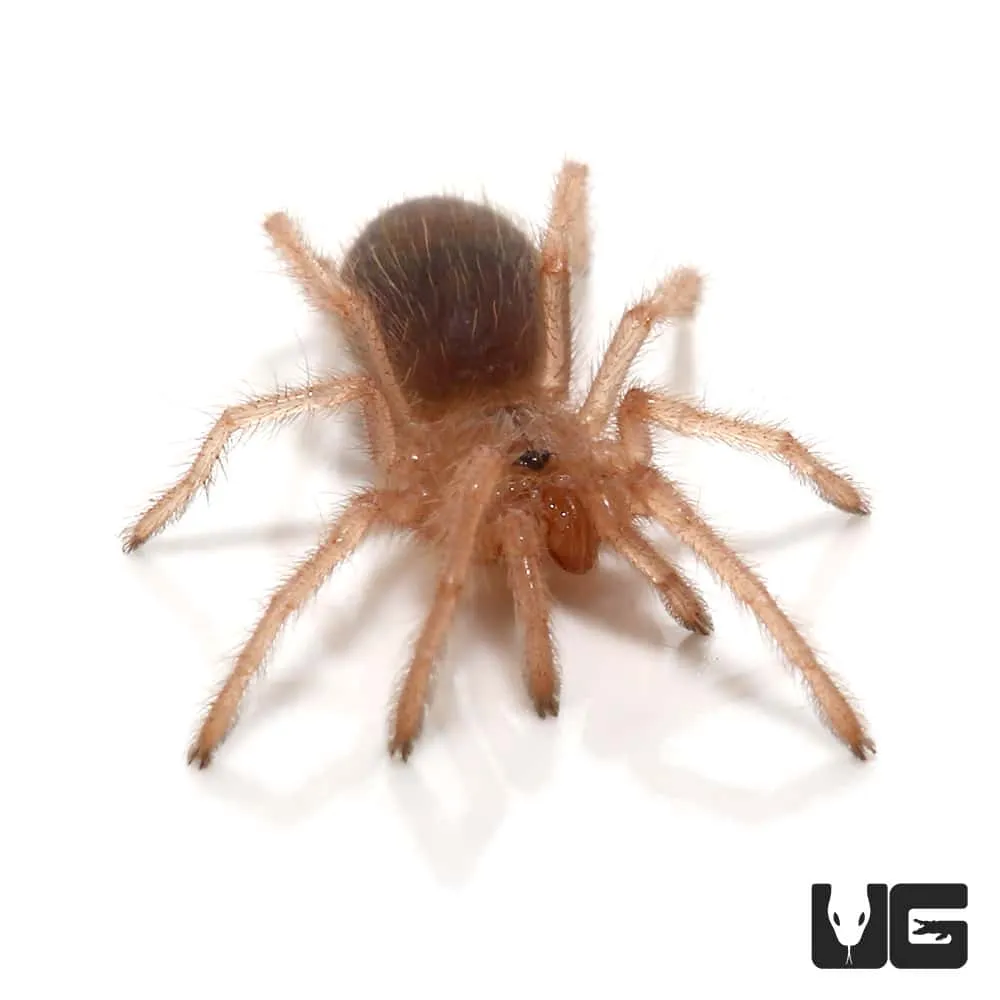
Identifying a healthy baby tarantula involves careful observation. Look for a spiderling that is active and alert, exhibiting a natural curiosity. The tarantula should have a plump abdomen, indicating that it is well-fed. A thin abdomen can be a sign of dehydration or starvation. Check for any missing limbs; while a tarantula can regrow lost limbs during molting, a spiderling with multiple missing limbs might indicate a past injury or underlying health issue. Examine the tarantula’s fangs and mouthparts for any signs of damage or infection. The overall appearance should be clean and free from parasites or other visible issues. If possible, observe the spiderling feeding; a healthy tarantula will readily consume food. If you notice any signs of illness, it is best to avoid purchasing the tarantula and to seek advice from an experienced keeper or a veterinarian specializing in exotic animals.
Baby Tarantula Housing Setup
Creating a suitable habitat for your baby tarantula is paramount for its health and well-being. The enclosure should be appropriately sized, providing enough space for the spiderling to move and explore without being too large, which can make it difficult for the tarantula to find its food. Ventilation is crucial to prevent the buildup of humidity and mold. Make sure the enclosure has sufficient ventilation holes. The enclosure should be secure, with a tight-fitting lid to prevent escape. Baby tarantulas are masters of escape. The setup should mimic their natural environment as closely as possible, creating a comfortable and stress-free environment.
Choosing the Right Enclosure
For a baby tarantula, a small, clear plastic container or a specially designed terrarium is ideal. The size of the enclosure should be roughly five times the tarantula’s leg span to ensure there is enough room for movement. Make sure the enclosure has a secure lid with adequate ventilation holes to allow for proper airflow. Avoid enclosures made of materials that can be easily damaged or that could trap heat. The enclosure should be easy to clean and maintain. Consider the substrate and the need for a water dish or other accessories when determining the size of the enclosure. Regularly monitor the size of your tarantula as it grows, upgrading the enclosure as necessary to provide a comfortable and safe living space. Ensure the enclosure is placed in a location away from direct sunlight and drafts.
Substrate Selection for Baby Tarantulas
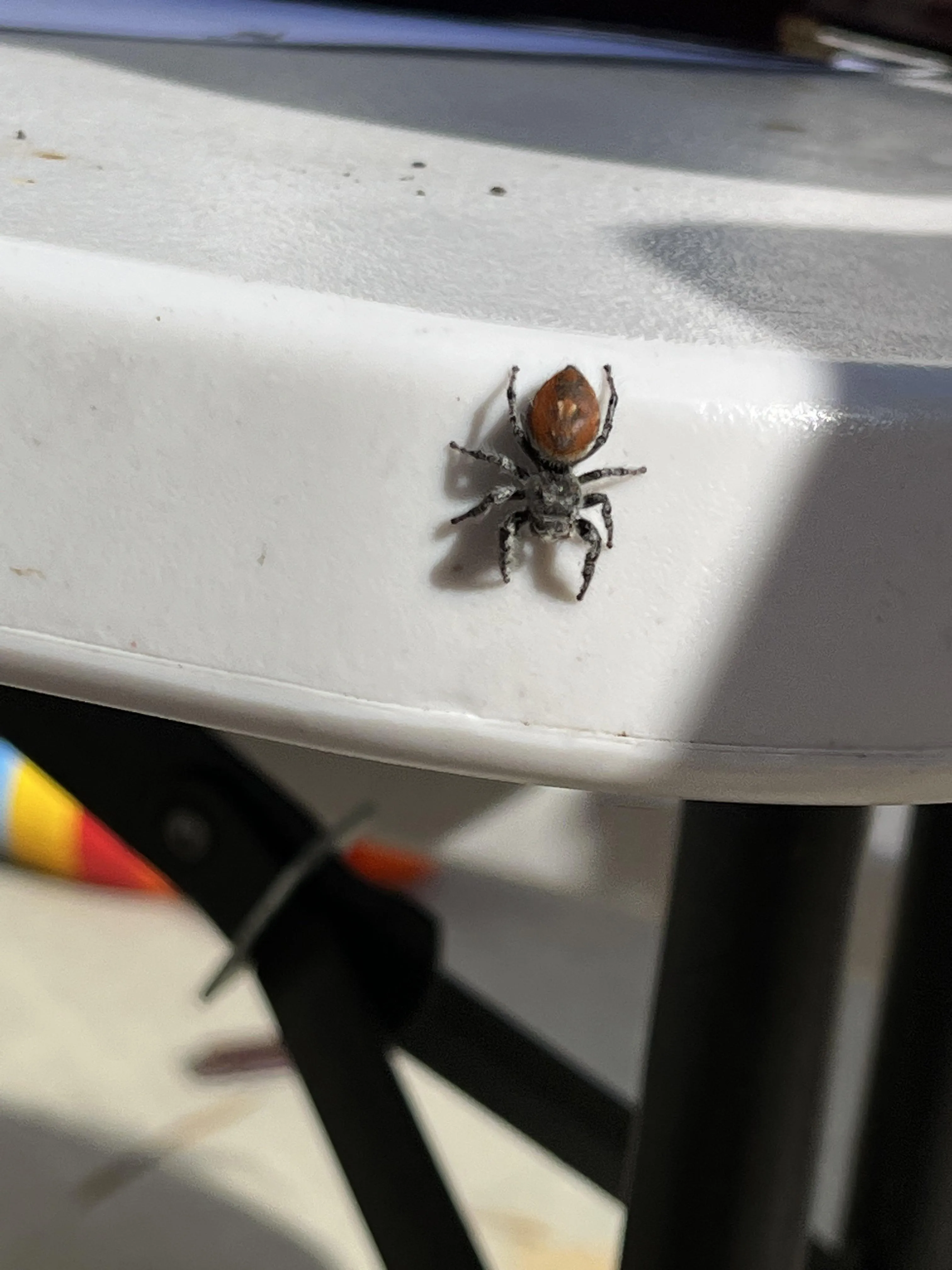
The substrate is the foundation of your baby tarantula’s enclosure, providing a comfortable environment and helping to regulate humidity. For burrowing species, a substrate that allows for digging is essential. A good choice is a mix of coconut fiber (coco coir) and peat moss. This blend holds moisture well while still allowing for good drainage and aeration. Avoid substrates that are dusty or can easily mold. The substrate should be deep enough to allow the tarantula to burrow if it is a burrowing species. Maintain a slightly moist, but not wet, substrate to maintain humidity. Regularly check and replace the substrate as needed, typically every few months or sooner if it becomes soiled or moldy. Ensure the substrate is free from any chemicals or additives that could harm your tarantula.
Essential Enclosure Accessories
Essential accessories can significantly improve your baby tarantula’s quality of life. A shallow water dish, filled with fresh water, is crucial. Use a small dish to prevent the tarantula from drowning. Provide a hide, such as a piece of cork bark or a half-log, for the tarantula to retreat to and feel secure. Live or artificial plants can add to the aesthetic appeal and provide a sense of security. Avoid sharp objects or decorations that could injure your tarantula. Regularly clean and maintain these accessories to prevent the buildup of bacteria or mold. Ensure the accessories are secured to prevent them from accidentally falling or shifting, potentially harming the spiderling. These accessories provide enrichment and help the tarantula feel safe and comfortable in its environment.
Baby Tarantula Feeding Guide
Feeding a baby tarantula requires a delicate touch. The size of the prey should be appropriate for the tarantula’s size. Baby tarantulas primarily eat small insects, such as fruit flies, pinhead crickets, or pre-killed mealworms. Provide a variety of food to ensure a balanced diet. Feed your spiderling every two to three days, adjusting the frequency based on its appetite and growth rate. Remove any uneaten prey after 24 hours to prevent stress on the tarantula and potential for mold growth. Observe your tarantula’s eating habits to gauge its health. A healthy baby tarantula will readily eat and show interest in its food. Always ensure the prey items are healthy and free from any pesticides or diseases.
Feeding Frequency and Prey Size
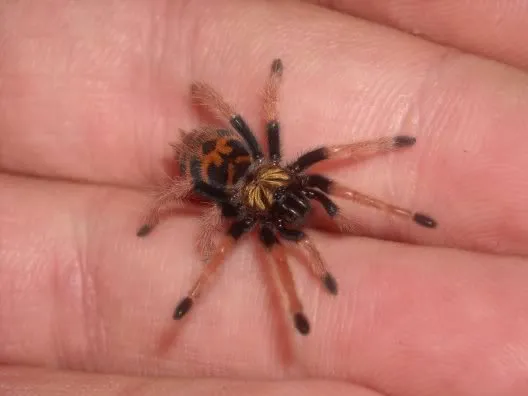
The frequency of feeding depends on the tarantula’s age and growth rate. Baby tarantulas typically eat more often than adults. Feed your baby tarantula every 2-3 days. Adjust this schedule depending on how quickly the spiderling is growing. The prey size should be no larger than the tarantula’s body. For very small spiderlings, fruit flies are an excellent choice. As the tarantula grows, you can introduce pinhead crickets or small mealworms. Never offer prey that is too large, as it could injure or stress the tarantula. Monitor the tarantula’s abdomen; a plump abdomen usually indicates that it is well-fed. Overfeeding can be as harmful as underfeeding, so adjust the quantity and frequency as needed.
Watering Your Baby Tarantula
Providing fresh water is essential for the health of your baby tarantula. Use a shallow water dish or a bottle cap filled with clean water. The water should be readily accessible, yet safe. Check the water dish daily and refill it as needed. In addition to providing water, you can also mist the enclosure lightly, especially during molting. The humidity level is crucial for the tarantula’s health. The humidity level should match the needs of your specific tarantula species. Avoid over-misting, as this can lead to mold growth in the enclosure. Regular watering and maintaining proper humidity levels are essential for the baby tarantula to stay healthy and happy.
Baby Tarantula Humidity and Temperature
Baby tarantulas thrive in specific temperature and humidity conditions. The ideal temperature range is usually between 75-85°F (24-29°C). Use a heat pad or a low-wattage heat lamp to maintain the proper temperature. Never place the heat source directly in the enclosure, as this could cause burns. Use a thermostat to regulate the temperature. The humidity level varies depending on the species. Generally, a humidity level of 60-80% is suitable for most species. Monitor the humidity level using a hygrometer. Adjust the ventilation and watering schedule to maintain the correct humidity levels. Providing the correct temperature and humidity levels are essential for healthy growth.
Handling Your Baby Tarantula (If at All)
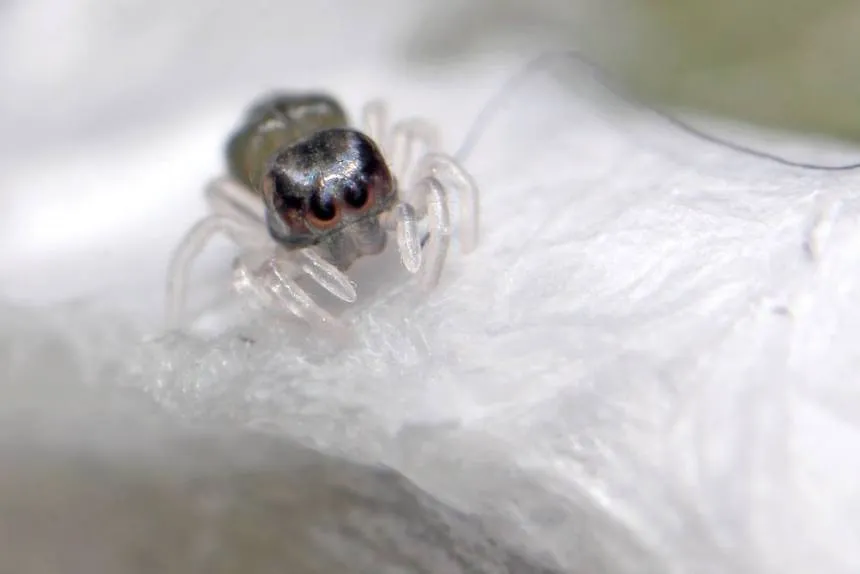
Handling baby tarantulas is generally not recommended. They are fragile and prone to injury. Moreover, they can be quite fast and could easily escape. Some species are more prone to biting. If you must handle your baby tarantula, do so with extreme caution. Use a soft brush to gently coax the spiderling onto your hand or into a container. Move slowly and deliberately, avoiding sudden movements. Always wash your hands thoroughly before and after handling. Handle the tarantula over a soft surface. Avoid handling your baby tarantula if you’re nervous or uncertain, as this can stress the spiderling. Focus on observing and enjoying the baby tarantula without handling it.
When to Avoid Handling
There are several instances when you should avoid handling your baby tarantula. Avoid handling during and after molting, as the tarantula’s exoskeleton is soft and vulnerable at this time. Avoid handling if the tarantula appears stressed, agitated, or defensive. Signs of stress include a raised defensive posture, flicking hairs, or fleeing. Never handle a tarantula that is sick or injured. Avoid handling if you are inexperienced. It’s always best to err on the side of caution when it comes to the safety of your baby tarantula. Handling should be kept to a minimum and performed only when necessary.
Recognizing and Handling Molting
Molting is a natural process where the tarantula sheds its exoskeleton to grow. Baby tarantulas molt frequently, sometimes every few weeks. Signs of an impending molt include the tarantula refusing food, becoming sluggish, and exhibiting a color change. You may also notice the tarantula spending more time in its hide. During molting, the tarantula is very vulnerable; avoid disturbing or handling it. Provide a humid environment to help the process. After molting, the tarantula will be soft and its fangs will need time to harden. Do not feed it for several days after molting. Carefully remove the shed exoskeleton. Molting is a critical part of a baby tarantula’s life cycle.
Common Baby Tarantula Health Issues
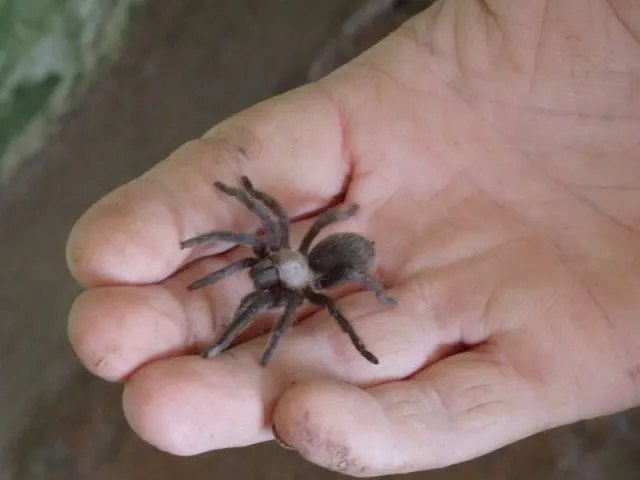
Baby tarantulas, like all pets, can encounter health issues. Common problems include dehydration, parasites, and injuries from falls or attacks. Dehydration can be avoided by providing a constant supply of fresh water and maintaining proper humidity levels. Parasites are rare if you purchase your baby tarantula from a reputable source and feed it healthy prey. If you notice any unusual behaviors, such as loss of appetite, lethargy, or unusual postures, it’s important to take prompt action. Maintain a clean and secure environment to minimize the risk of health problems. Early detection and intervention are essential for ensuring your baby tarantula’s well-being.
Preventative Care Tips
Preventative care is crucial for keeping your baby tarantula healthy. Regularly clean the enclosure and remove any uneaten food or waste. Maintain the correct temperature and humidity levels. Provide a balanced diet and ensure the availability of fresh water. Avoid using pesticides or harsh chemicals near the enclosure. Handle the tarantula as little as possible. Quarantine new tarantulas before introducing them to your collection. Watch out for any signs of illness or stress, and promptly address any concerns. By implementing these simple steps, you can significantly enhance the chances of your baby tarantula living a long and healthy life.
Signs of Illness
Recognizing the signs of illness is important for timely intervention. Look out for loss of appetite, lethargy, or changes in behavior. Check the tarantula’s abdomen; if it appears shrunken or wrinkled, this could be a sign of dehydration or starvation. Unusual postures or movements may also indicate a health issue. If you notice any of these signs, isolate the tarantula and contact a veterinarian specializing in exotic animals. Provide the proper care, including humidity and temperature, and monitor its progress closely. Prompt and appropriate intervention can often resolve health issues and get your baby tarantula back on the path to good health.
Baby Tarantula: Daily & Weekly Care Checklist
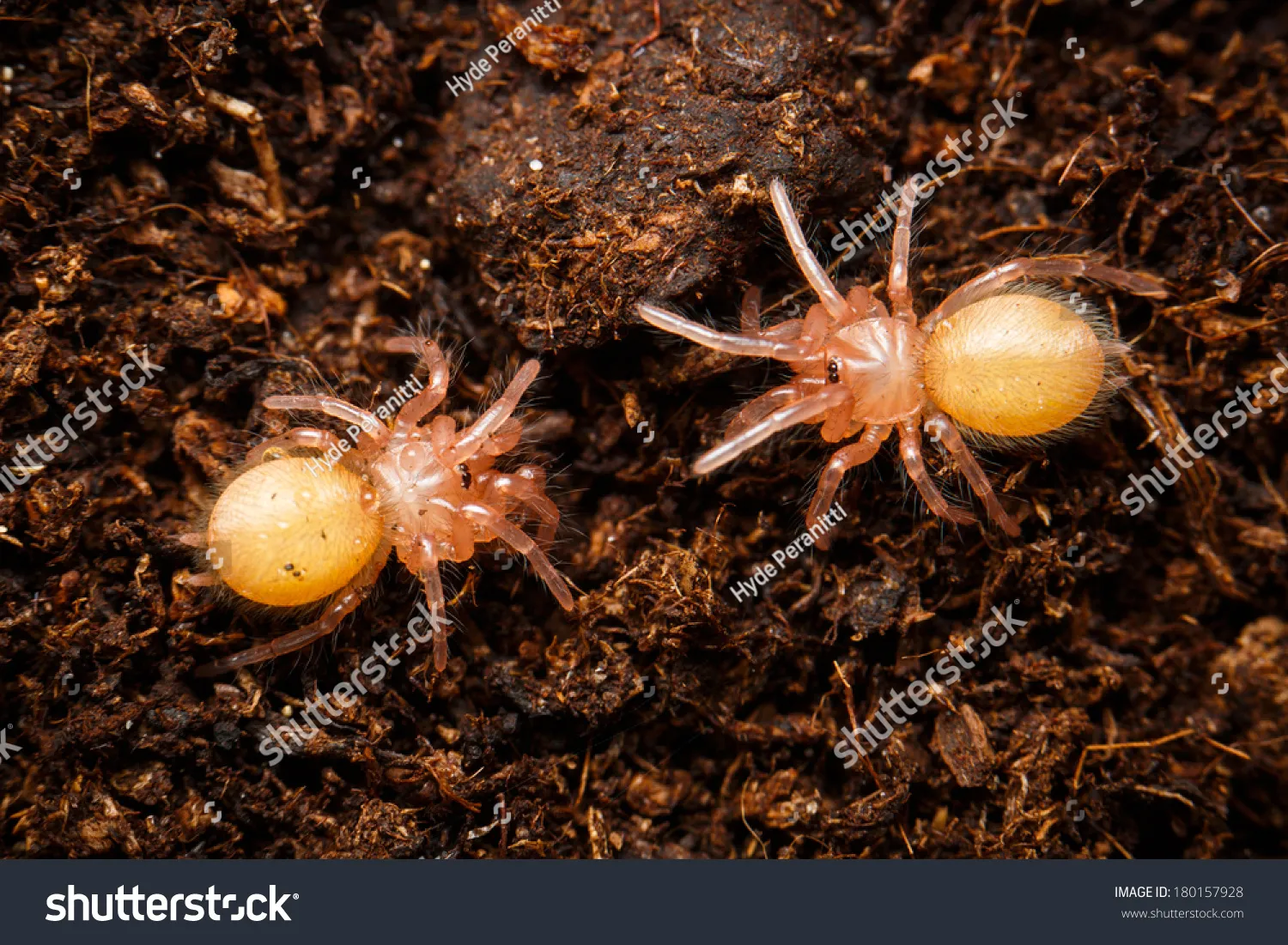
Creating a routine care schedule can make it easier to maintain your baby tarantula’s well-being. Each day, check and refill the water dish. Remove any uneaten food and check the enclosure for any signs of damage. Weekly, spot-clean the enclosure and remove any waste or molted skin. Observe your tarantula’s behavior and general health to monitor for any signs of illness. Adjust feeding and humidity levels as needed, depending on the species and the stage of life. Following a consistent care routine helps make your tarantula-keeping experience both enjoyable and successful. Regular monitoring and proactive care are key to the health and happiness of your baby tarantula.
